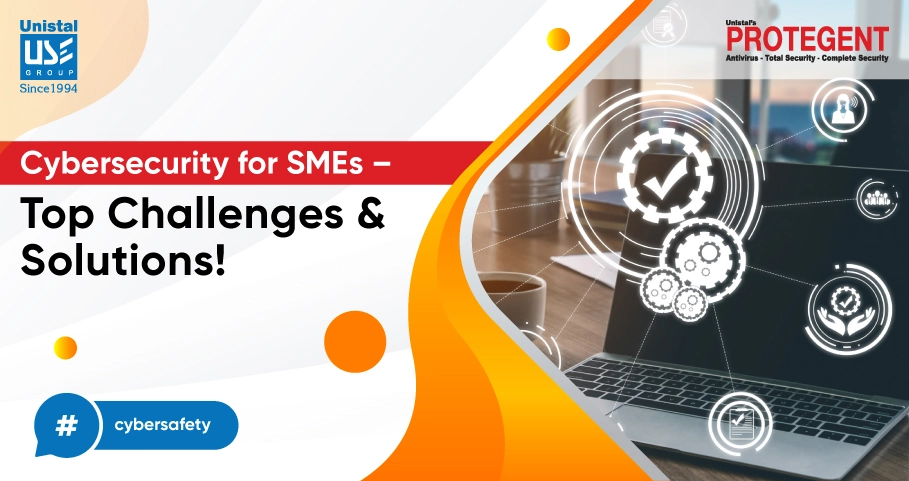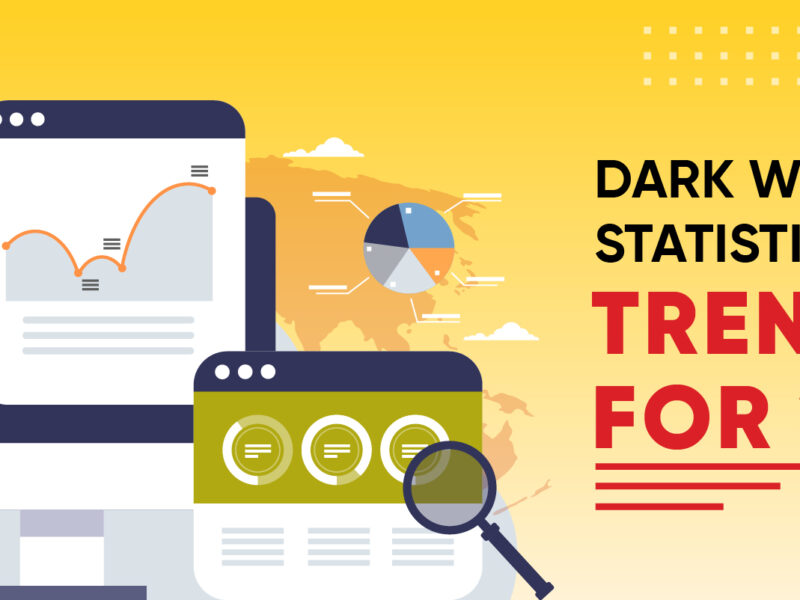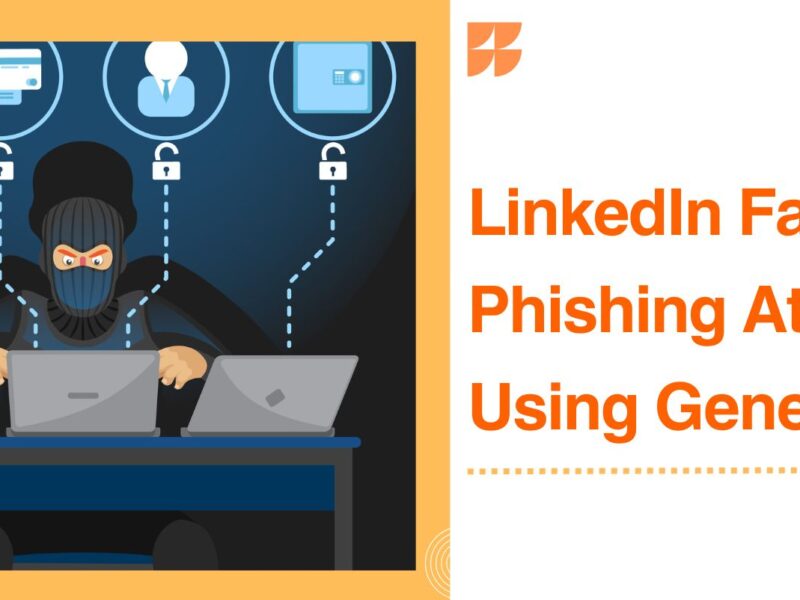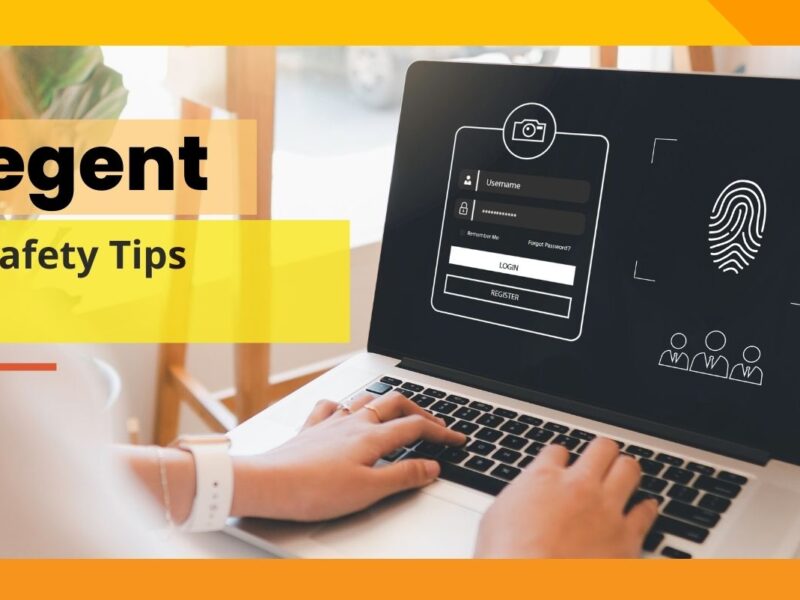
Cybersecurity for SMEs – Top Challenges & Solutions!
It comes as no surprise that SMEs play a crucial role in the Indian economy. They are considered the backbone of many economies as they create millions of jobs and foster entrepreneurship among the younger generation.
According to an article published in the Economic Times, it is clear that the role of Small and Medium enterprises (SMEs) in nation-building is indisputable as they contribute 36% of India’s total manufacturing output. That’s why 1/3rd of output belongs to SMEs. And, do you know the SME sector is expected to contribute over 2 Trillion Dollars to the economy and create 50 Million jobs by 2024?
But,
Are you aware that SMEs face increasing cybersecurity challenges just like multi-national corporations? Attackers focus more on SMEs because they lack the proper security infrastructure, such as installing the right Antivirus Software to safeguard themselves against the latest threats in the world of cybersecurity. Most of the employees in small and medium-sized enterprises lack the required skills and knowledge to manage the latest cybersecurity challenges.
How important is cybersecurity for SMEs?
In the same way as multinational corporations, SMEs deal with a lot of sensitive information and face a number of financial risks if any data breach occurs. Hence, recognizing the importance of cybersecurity & protecting digital assets is paramount for SMEs.
Cybercriminals see Small businesses as easy targets due to limited security measures such as the lack of the most effective antivirus in place or the absence of security measures. Hence, it is pertinent for small business owners to draw attention to the fact that their organization is not immune to cyber-attacks and must take the required protection to keep their organization’s digital infrastructure secure.
Top Challenges faced by SMEs and their respective Solutions
- Challenge: Not having proper knowledge of the cyber world
In the constantly evolving landscape of cyber threats, SMEs often struggle to keep up with the latest threats and vulnerabilities in the digital ecosystem. Below- mentioned are the top 4 Cybersecurity threats that small business owners experience. From phishing attacks to Ransomware, the wide range of threats can overwhelm small businesses with limited resources.
Solution: Employee Cybersecurity Training
If you want to give your business a competitive edge in the digital ecosystem, small business owners should adopt a proactive approach. This begins with educating employees about potential threats and how to recognize and respond to them. Regular training sessions for employees can significantly enhance SMEs’ security posture.
- Challenge: Limited Budget and Resources
Unlike large enterprises, SMEs often have limited cybersecurity budgets. This constraint hinders their ability to invest in robust security solutions and dedicated IT personnel.
Solution: Embracing Cost-efficient Solutions
SMEs can explore cost-efficient cybersecurity solutions such as using cloud-based security services, Antivirus, or outsourcing security operations. These options can provide a higher level of protection without breaking the bank.
- Challenge: Data Protection and Privacy
Compliance with data protection regulations can be daunting for SMEs. Navigating through complex legal requirements can be daunting, and failure to comply can bring serious consequences for small businesses.
Also, many small businesses use multiple applications or cloud-based services that require different accounts. These services often collect sensitive data and financial information. And, using weak passwords can give rise to data breaches.
Solution: Adopting Data Protection Measures
To address this issue, SMEs must implement data protection measures, such as installing the best data loss prevention software, opting for data encryption, access controls, and regular audits in the company to look out for any loopholes that exist in the security infrastructure.
Also, it’s imperative to make your employees understand the importance of using hard-to-guess passwords across multiple accounts so that company-sensitive data doesn’t get compromised.
- Challenge: BYOD (Bring Your Own Device) Policies
Many SMEs allow their employees to use personal devices for work purposes that further give rise to potential security risks. The challenge lies in finding the right balance between convenience and safety in a BYOD environment.
Solution: Implementing Device Monitoring Software
SMEs can adopt Device Management solutions to enforce security policies on employees’ devices and can also use Activity Reporter to keep a check on employees’ online activities while they are working remotely or doing work from home. This approach allows businesses to remotely manage and secure devices, minimizing data breaches.
- Challenge: Lack of Incident Response and Recovery Plans
SMEs must be prepared for a cyber incident or data breach. Having a well-defined incident response and recovery plan is crucial to minimize an attack’s impact. Hence, it’s always better to have a plan B in place if any uncertainty takes place.
Solution: Designing, Testing, and Updating the Plan (if required)
Regular testing and updating of the incident response plan is vital to ensure its effectiveness for your small business. Regular employee training about the latest incidents can help employees understand their roles and responsibilities when an actual cyber incident takes place in the organization.
After all, it’s important for small business owners to always Hope for the right outcome & be prepared for the unexpected.

Top 4 security threats faced by SMEs?
After discussing the top challenges faced by small businesses and giving the solutions, now it’s time to have a look at the rising cybersecurity threats that SMEs can come across.
Here are some top security threats faced by SMEs.
- Phishing Attacks
Phishing attacks are the biggest, most widespread threat to small businesses. They occur when cyber-criminals act or impersonate themselves as trusted person and attract a user to click on malicious links, download malicious attachments, or provide them access to sensitive information such as account details or other personal credentials.
To say goodbye to these Phishing attacks, the company must implement employee training programs, deploy email filtering systems, and install the best Antivirus Software with Anti-Phishing features. It also asked employees to enable the option of 2FA & follow the practice of creating strong and different passwords across multiple accounts.
- DDoS (Denial of Service) Attack
These types of attacks target SMEs’ websites. It slows down the business site, resulting in huge business losses. Basically, these attacks attempt to crash a business website by overloading it with unnecessary or fake traffic from hundreds or thousands of sources. Successful DDoS attacks take your website offline, which often results in loss of revenue, data breach, as well as cause reputational damage to your company.
Small businesses need to implement a game plan to identify DDoS attacks as their occurrence can catastrophically affect the business. To not fall victim to these attacks, small business owners need the most reliable antivirus that comes with advanced firewall protection. They also need to make their team aware of cyber threats and manage any unusual activities on employees’ systems.
- Ransomware
Ransomware is one of the most common cyber threats businesses face every year. Over the years, they have become quite common and lucrative. It involves encrypting your sensitive data so that no one can access it. After encrypting the company’s sensitive data, the hacker forces the company to pay a handsome ransom to decrypt the data.
- Insider Threats
Small businesses face a major threat. An insider threat is one that originates within an organization and is caused by the malicious actions of present as well as former employees. It is a growing concern and puts both employees and customers at risk, or can result in financial or reputational damage. Within small business networks, insider threats are on the rise as employees have access to multiple accounts that contain sensitive data.
To bid goodbye to these threats, a strong security culture needs to be implemented in the organization. This will curb insider threats caused by ignorance and will instill healthy security habits in employees.
To Conclude
In conclusion, cybersecurity remains a great concern for SMEs as they navigate the digital landscape. By understanding the evolving threat landscape, optimizing limited resources, ensuring compliance and adopting the practice of using strong passwords, managing BYOD policies, and preparing for any unforeseen events, SMEs can significantly improve their cybersecurity posture. At the same time, emphasizing employee training and promoting a 100% secure culture are equally crucial. With the right measures in place such as installing the best Antivirus Software, SMEs can protect their digital assets, customer data, and reputation from the danger of cyber threats effectively.
Download Total Security Now



